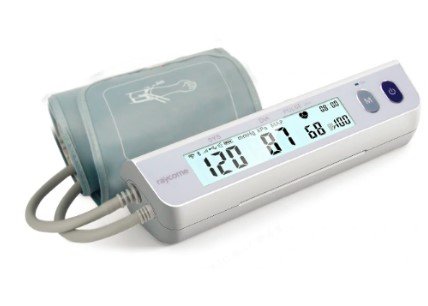Key Considerations for Chinese Manufacturers in Achieving ISO 13485 Compliance
Summary
- ISO 13485 is a critical standard for medical devices in the United States
- Chinese manufacturers must adhere to specific guidelines to comply with ISO 13485
- Regulatory requirements and quality management systems play a crucial role in ensuring compliance
Introduction
ISO 13485 is an internationally recognized standard for medical devices, outlining requirements for quality management systems in the manufacturing process. For Chinese manufacturers looking to export medical devices to the United States, compliance with ISO 13485 is crucial. By adhering to these guidelines, manufacturers can ensure the safety and efficacy of their products, as well as meet the regulatory requirements of the U.S. market.
Regulatory Requirements
One of the key aspects of ISO 13485 compliance for Chinese manufacturers is understanding and meeting the regulatory requirements set forth by the U.S. Food and Drug Administration (FDA). These requirements include:
- Registration: Manufacturers must register their medical devices with the FDA to market them in the United States.
- List of Devices: A list of devices intended for distribution in the U.S. market must be provided to the FDA.
- Quality Systems Regulations: Compliance with the FDA's Quality Systems Regulations (QSR) is essential for ISO 13485 certification.
- Adverse Event Reporting: Manufacturers must report any adverse events related to their devices to the FDA.
Quality Management Systems
ISO 13485 places a strong emphasis on quality management systems to ensure the safety and effectiveness of medical devices. Chinese manufacturers must implement the following aspects of a quality management system to comply with ISO 13485:
- Document Control: Proper documentation of processes and procedures is essential for maintaining Quality Standards.
- Risk Management: Identifying and mitigating risks associated with the manufacturing process is crucial for ensuring product safety.
- Corrective and Preventive Actions: Implementing processes to address and prevent issues that could affect product quality.
- Internal Audits: Regular audits of the quality management system to ensure compliance with ISO 13485 standards.
Testing and Validation
In addition to regulatory requirements and quality management systems, Chinese manufacturers must also conduct testing and validation of their medical devices to comply with ISO 13485. This includes:
- Biocompatibility Testing: Ensuring that the device is compatible with the human body and does not cause harm.
- Performance Testing: Testing the device's performance under various conditions to ensure its effectiveness.
- Labeling and Packaging: Proper labeling and packaging of the device according to ISO 13485 standards.
- Sterilization: Ensuring that the device is properly sterilized to prevent infection.
Conclusion
Compliance with ISO 13485 is essential for Chinese manufacturers looking to export medical devices to the United States. By understanding and meeting the regulatory requirements, implementing quality management systems, and conducting proper testing and validation, manufacturers can ensure the safety and efficacy of their products in the U.S. market.

Disclaimer: The content provided on this blog is for informational purposes only, reflecting the personal opinions and insights of the author(s) on the topics. The information provided should not be used for diagnosing or treating a health problem or disease, and those seeking personal medical advice should consult with a licensed physician. Always seek the advice of your doctor or other qualified health provider regarding a medical condition. Never disregard professional medical advice or delay in seeking it because of something you have read on this website. If you think you may have a medical emergency, call 911 or go to the nearest emergency room immediately. No physician-patient relationship is created by this web site or its use. No contributors to this web site make any representations, express or implied, with respect to the information provided herein or to its use. While we strive to share accurate and up-to-date information, we cannot guarantee the completeness, reliability, or accuracy of the content. The blog may also include links to external websites and resources for the convenience of our readers. Please note that linking to other sites does not imply endorsement of their content, practices, or services by us. Readers should use their discretion and judgment while exploring any external links and resources mentioned on this blog.
